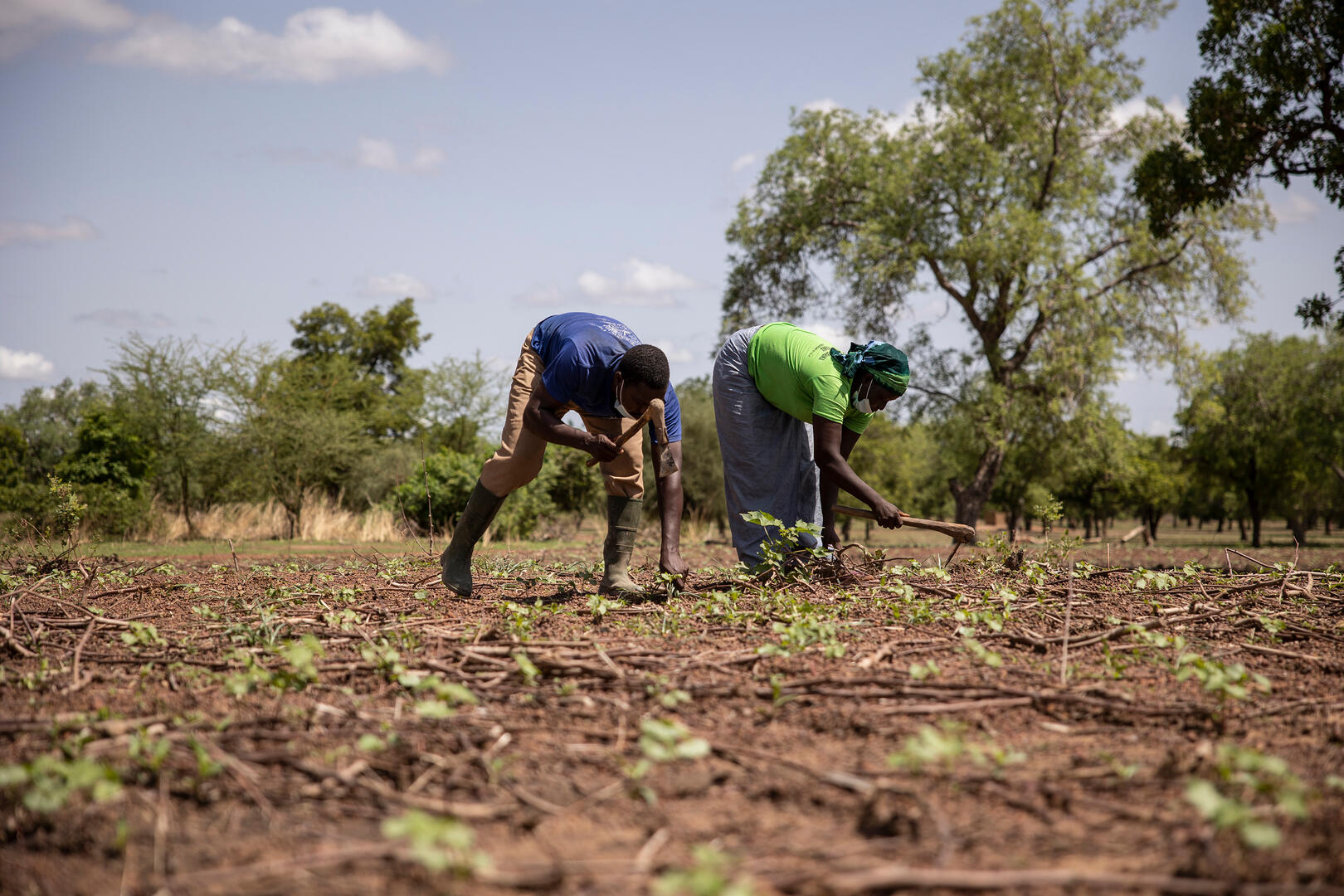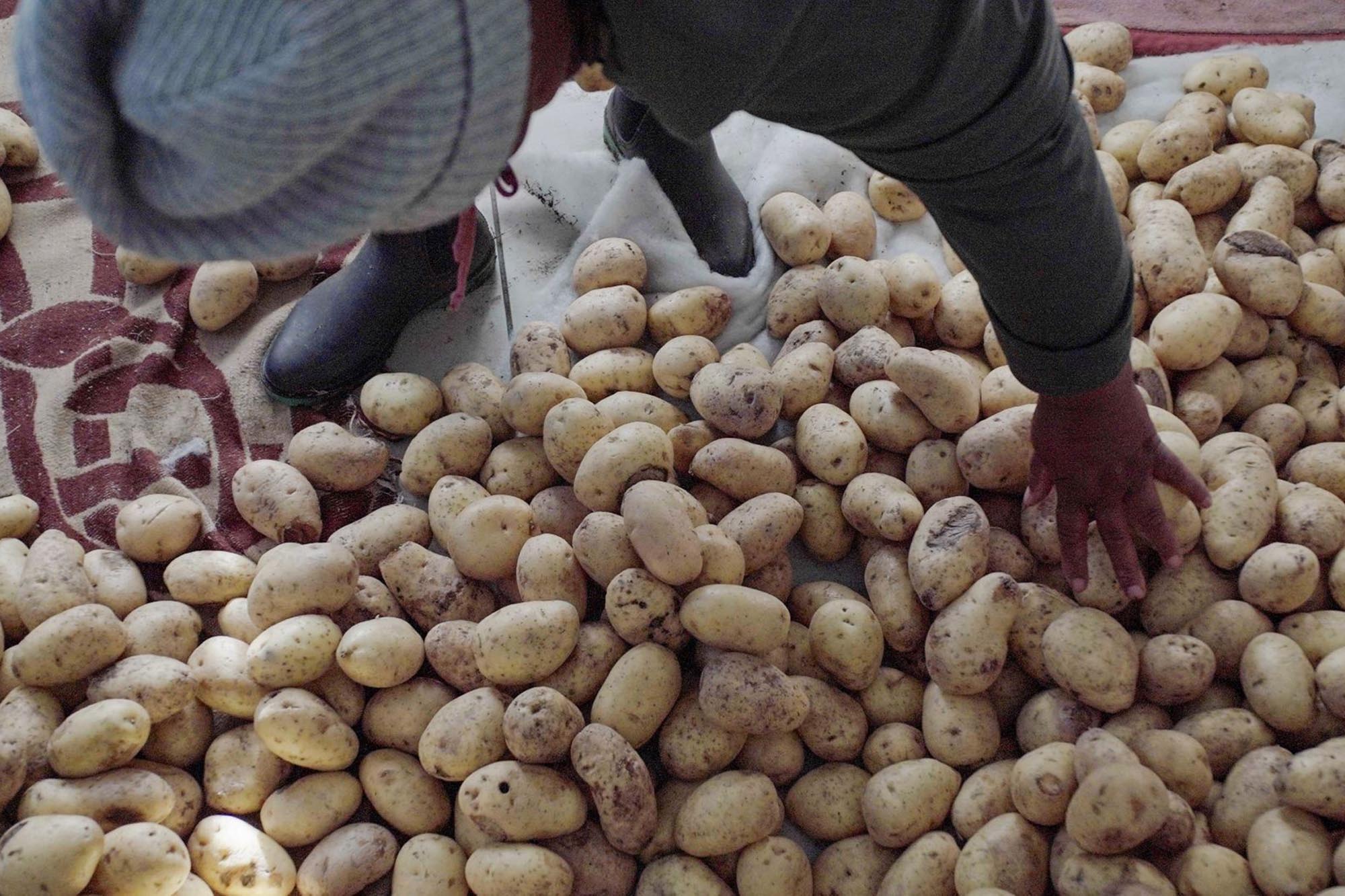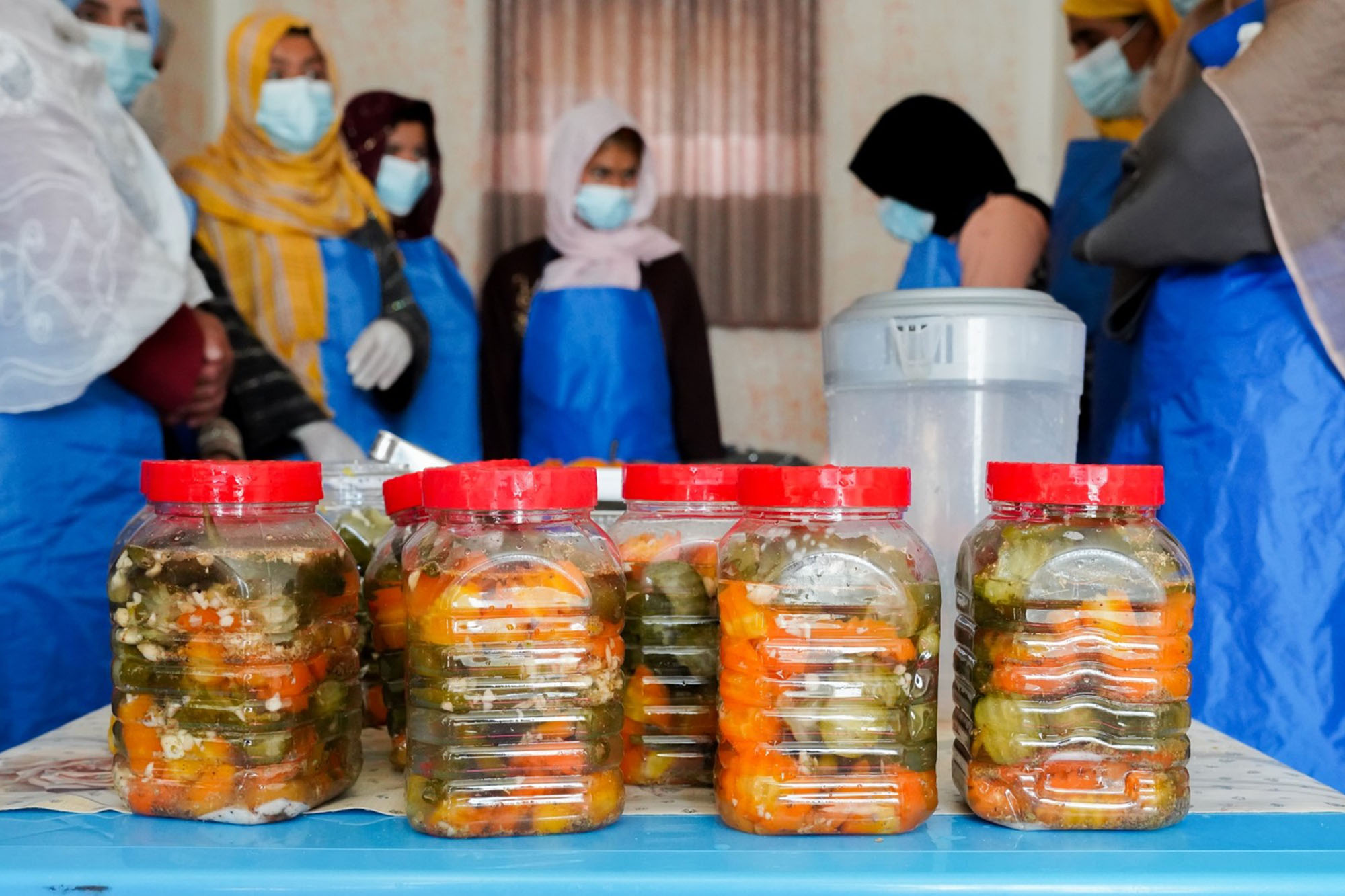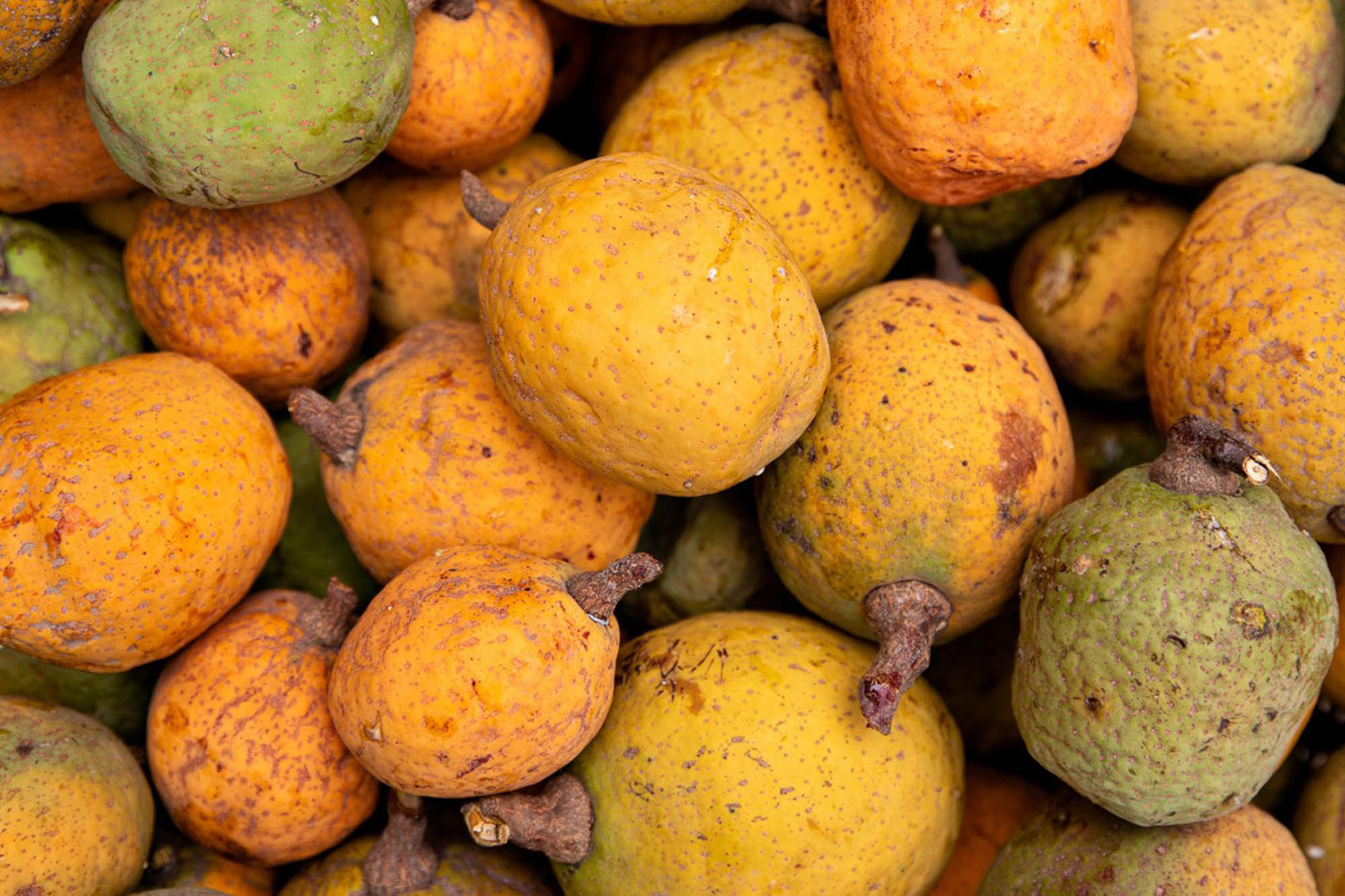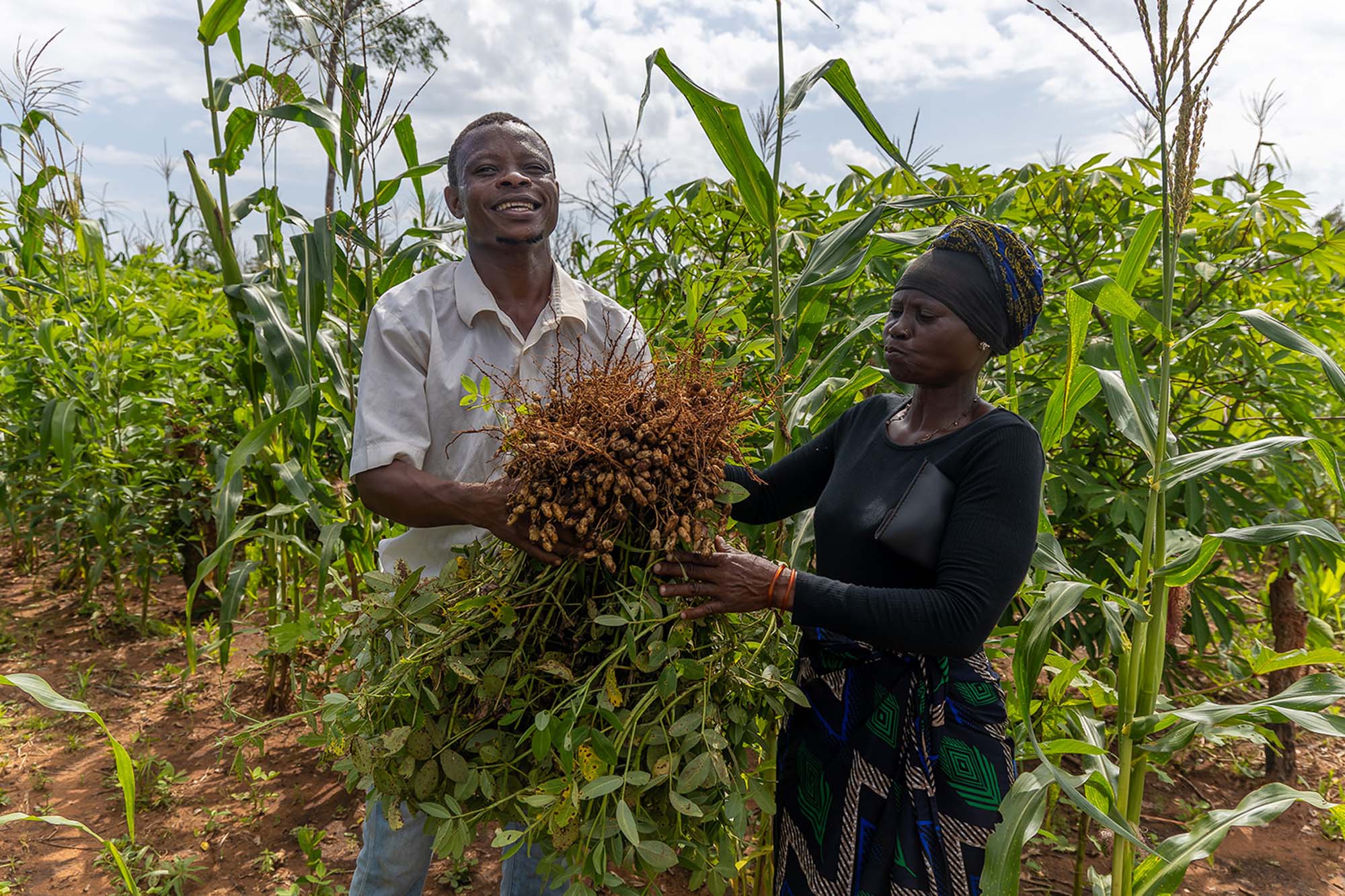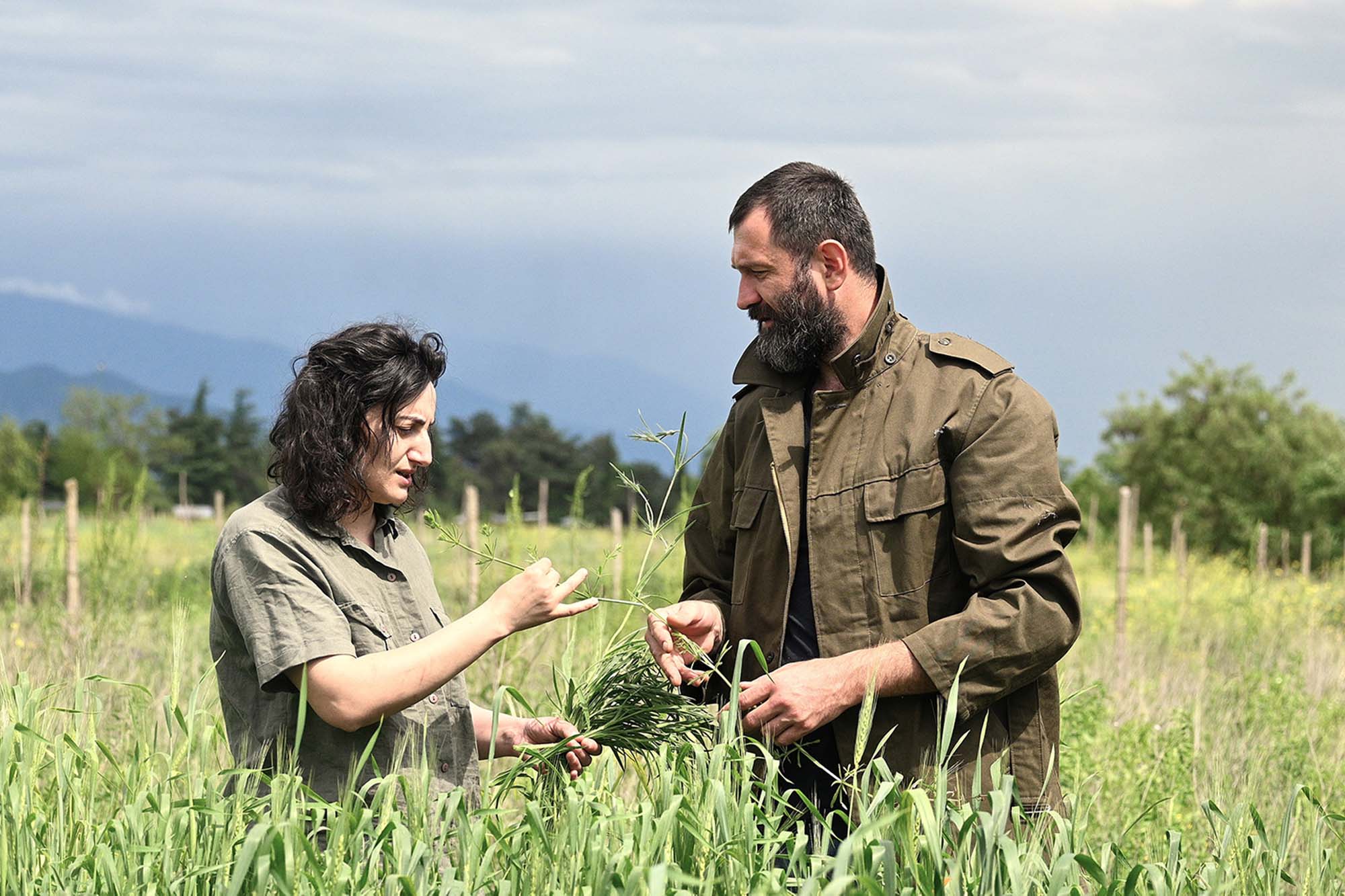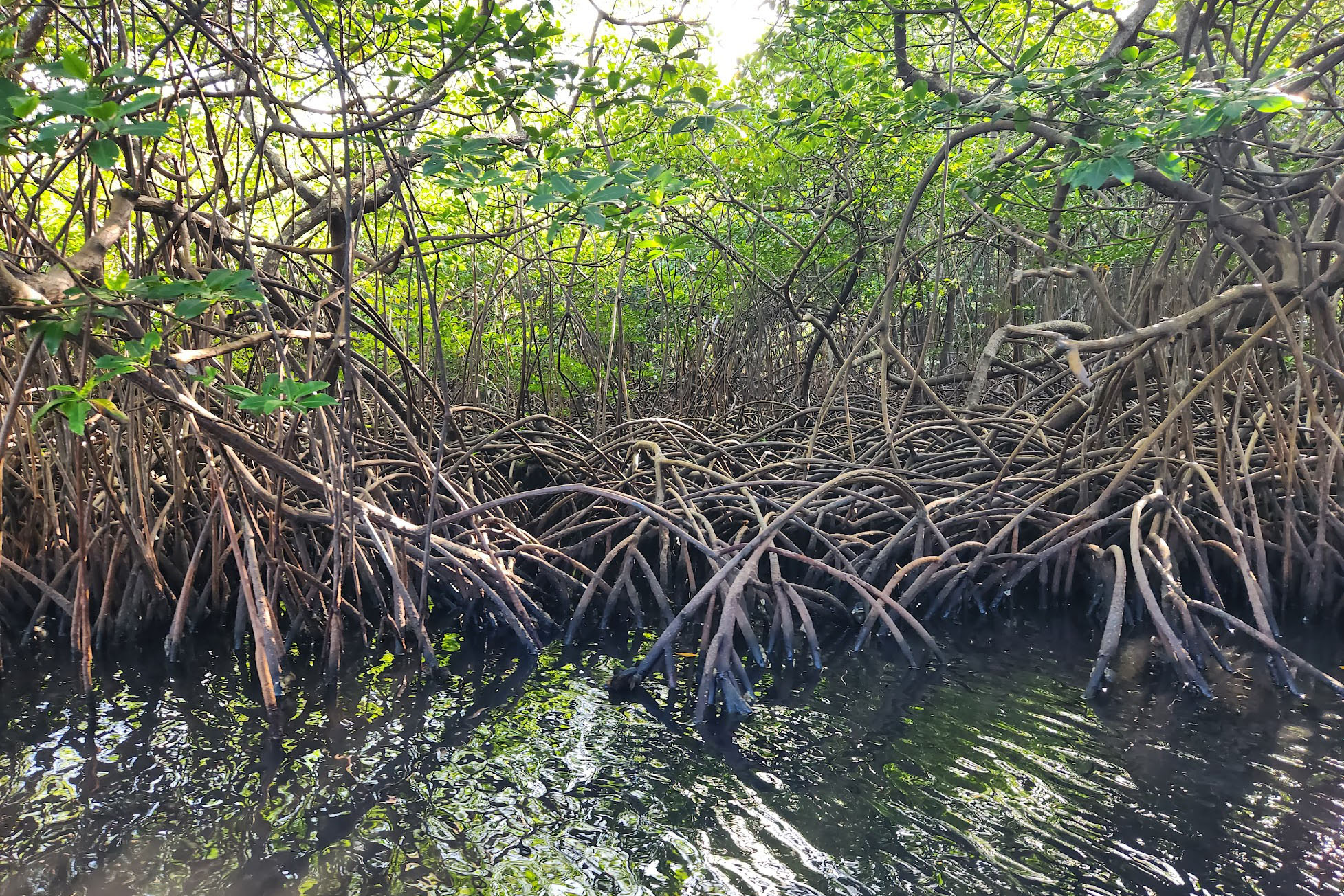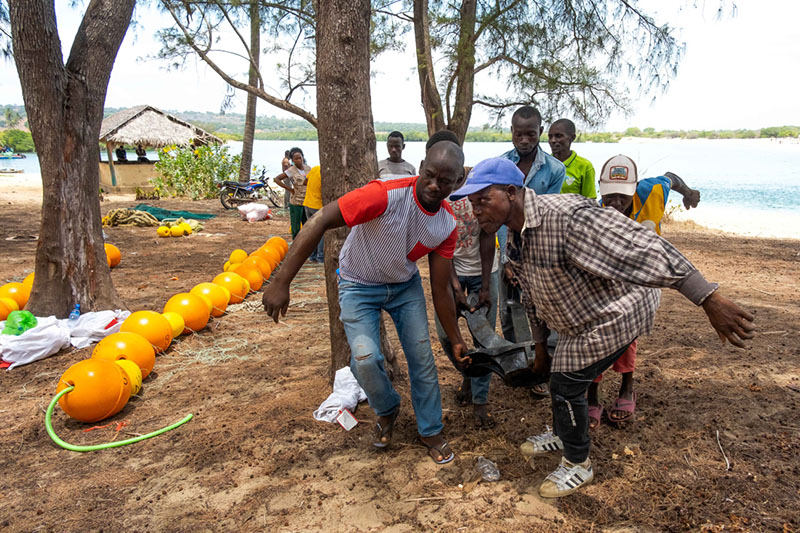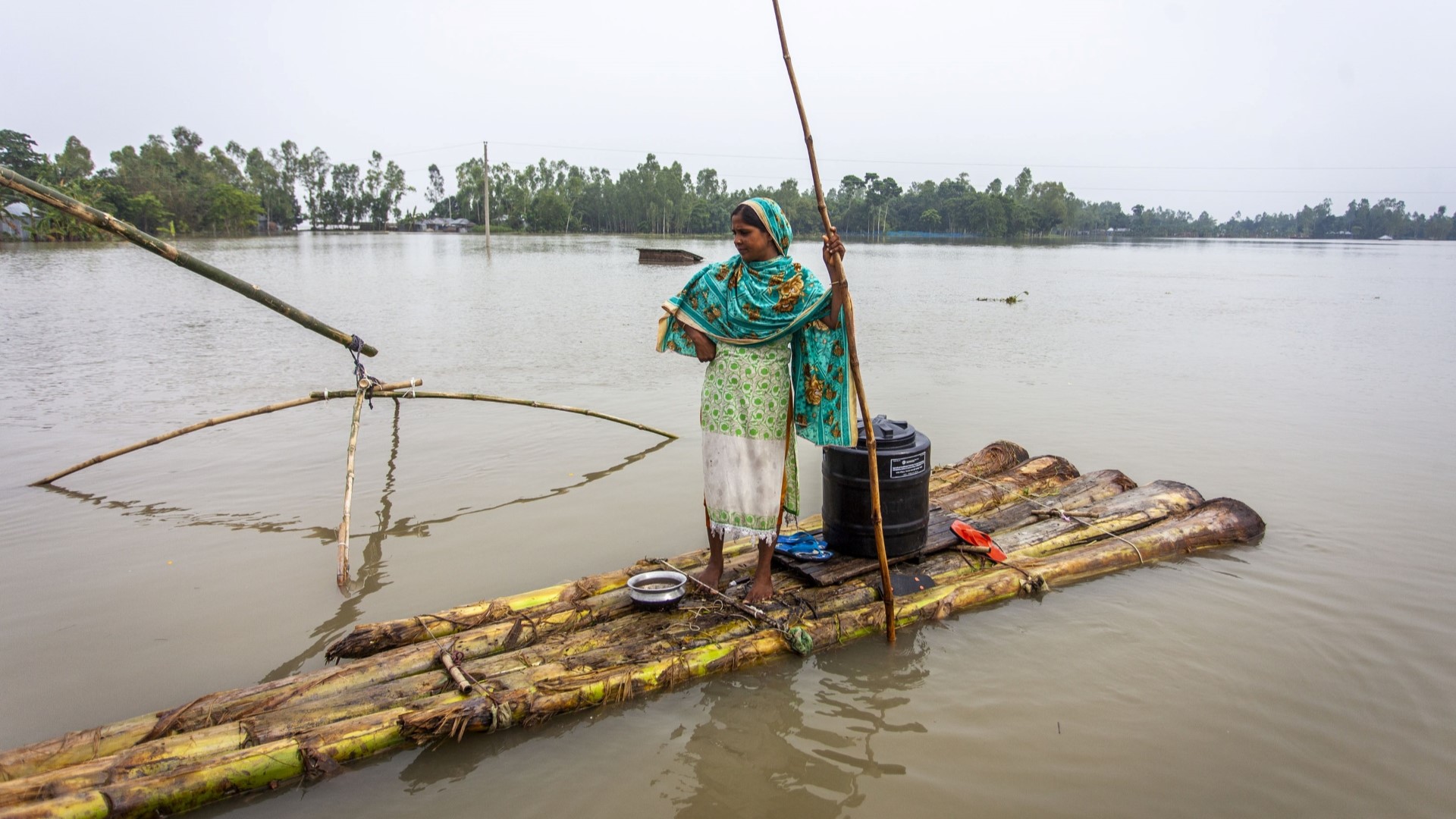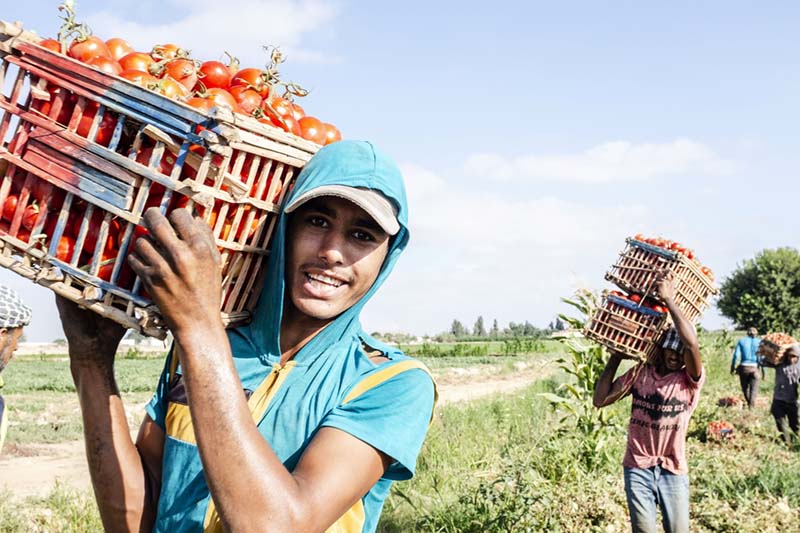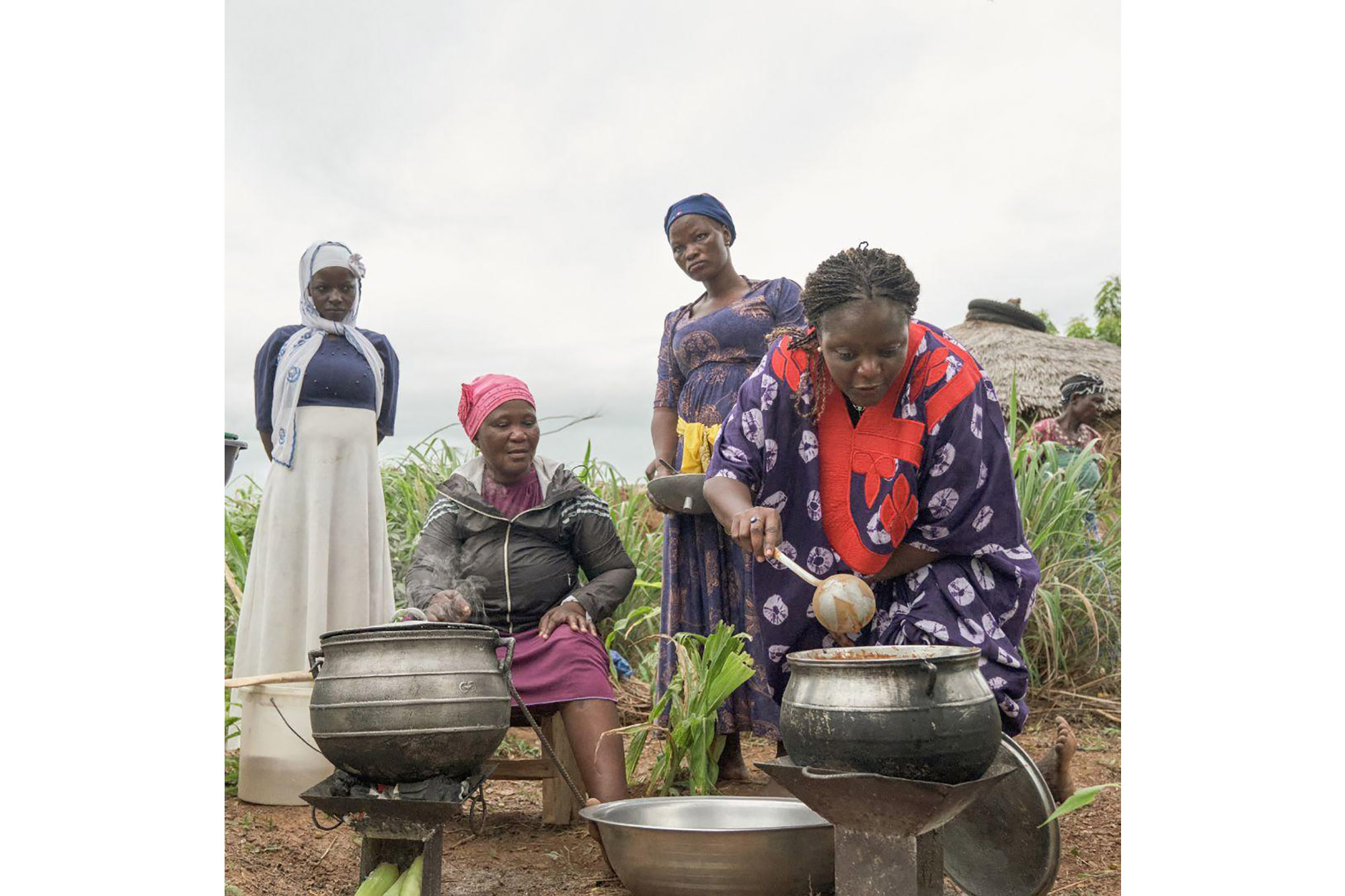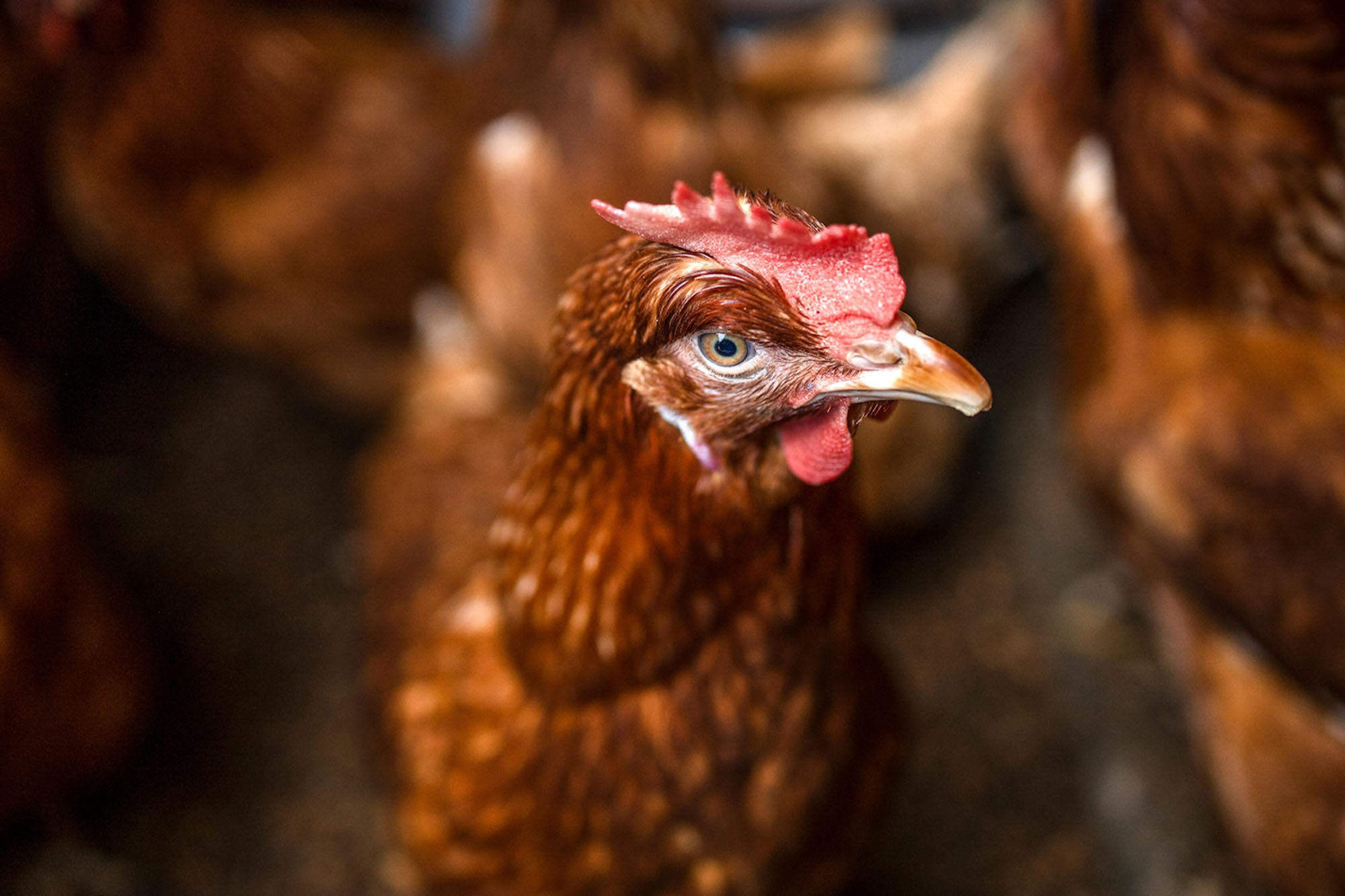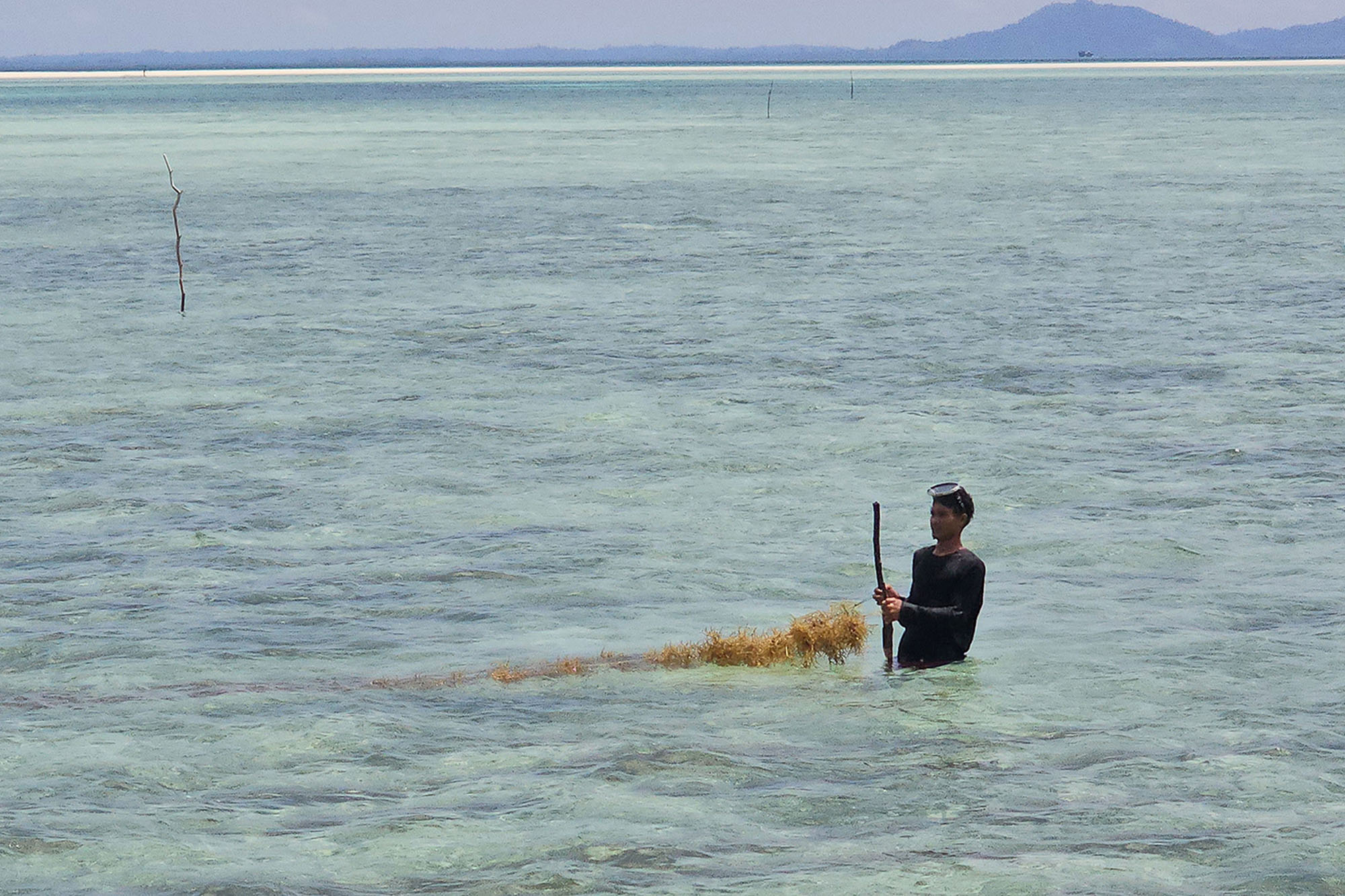As rising global temperatures push heat stress to dangerous new levels, especially for outdoor workers, understanding its symptoms, risks, and prevention strategies is vital to protecting your health and saving lives.
FAO
In a remote town in Lesotho’s Maseru District, farmer Mabitsoane Diholo has transformed her life through potato farming. Once merely for family consumption, potatoes have become her livelihood, contributing to her home and children's education. In 2022, Lesotho joined the One Country One Priority Product (OCOP) initiative by the Food and Agriculture Organization of the United Nations (FAO), supporting 750 farmers like Mabitsoane. With improved seeds and access to markets like Maluti Fresh Produce Market, farmers are shifting from subsistence to commercial farming, enhancing their incomes and becoming entrepreneurs, thanks to better practices and coordinated efforts.
Unleash your creativity in the World Food Day Poster Contest and show how healthy food builds thriving, hopeful communities. The deadline for entries is 7 November 2025.
In Jabal Saraj, Afghanistan, Hasina and 19 other women have found a livelihood by producing jams and pickles. With support from the FAO's Household Food and Livelihood Security project, funded by Luxembourg, they gather to peel, dice, and package fresh produce. Previously housewives facing financial struggles, they now earn an income, allowing them to provide essentials for their families, such as food, clothes, and school fees. The project equipped them with training and resources for processing and marketing their products, empowering these women to improve their lives and stand on their own feet.
For generations, communities in Senegal’s Casamance region have harvested wild madd fruit, prized for its richness in vitamins and antioxidants. Traditionally collected by youth and often found in the "Sacred Woods," madd is deeply tied to local customs. Despite its cultural significance, producers have faced challenges ranging from limited control over pricing to unsustainable harvesting, over-exploitation, and forest fires. However, on June 25, 2024, madd became the first Senegalese product registered as a Geographical Indication (GI), ensuring protection of its name and quality. This initiative promotes sustainable practices and strengthens local economies by keeping production and income within the community.
Paulo Benedito, a lifelong fisherman from Quissanga, a small coastal town in northern Mozambique’s Cabo Delgado province, faced devastating changes in 2021 when armed Islamist insurgents attacked his community, forcing him and his family to flee. They sought refuge at the Meculane Centre for Internally Displaced Persons, where Paulo had to transition from fishing to farming. Despite the challenges, he embraced agricultural training offered by the Food and Agriculture Organization (FAO). He soon excelled in his new role, expressing a newfound preference for farming over fishing, as it provided more stability and ensured food for his family.
In Zemo Alvani, Georgia, Natia Matcharashvili, a first-generation farmer, handpicks wheat grains from her fields. She and her husband, Shota, returned from Tbilisi to live closer to nature for their children and to revive native wheat varieties that are vanishing. They feel a responsibility to preserve these traditional strains that have adapted to their local soil and climate. By cultivating these heirloom varieties for their bakery, they aim to share their heritage with customers. What began as a simple passion has turned into a commitment to rediscover and rejuvenate forgotten Georgian wheat varieties.
Where land and sea meet, a unique ecosystem is found: mangrove forests. Whether offering protection from climate change, supporting livelihoods, biodiversity and more, mangroves benefit us all. In the first study of its kind, FAO, with experts around the world, uncovered a wealth of information on the extent of mangrove forests globally, as well a glimpse into what causes mangrove losses and gains. Find out more about this precious ecosystem and see how mangroves affect our daily lives.
The FAO and Mozambique's fisheries ministry piloted eight anchored fish‑aggregating devices (aFADs) in Cabo Delgado to help small-scale fishers access offshore tuna. Made from sustainable materials like coconut fronds, these buoyed devices attract microorganisms, small fish, and larger species, offering predictable fishing spots. Training and gear provision helped fishers like Mário Sadique boost catches from 1–5 kg to ~20 kg per trip, increasing earnings and reducing time at sea.
Many disasters, whether man-made or weather-related, are unpredictable. Nevertheless, a growing number of disasters can now be predicted thanks to continuously improving early warning systems. Action before disasters strike can help limit the devastating impact that these have on people and communities everywhere. As extreme weather events are becoming more frequent and humanitarian needs are soaring, it is more crucial than ever to ensure that each dollar goes further. The UN's Food and Agriculture Organization (FAO) promotes anticipatory action to help people in vulnerable situations stay steps ahead and weather the storm.
As key agents of change, the current generation of young people must increase food production, replace an aging workforce, and adapt to increasing extreme climate events. With 1.3 billion individuals aged 15 to 24 globally, the Food and Agriculture Organization of the United Nations (FAO) has released a comprehensive report titled “The Status of Youth in Agrifood Systems,” which examines and emphasizes the crucial role of youth in transforming agrifood systems to improve food security, nutrition, and economic opportunities.
In West Africa, fonio farming is more than just agriculture, it’s a symbol of resilience and cultural heritage. Chef Binta, an award-winning chef and advocate for nomadic cuisine, is empowering women farmers by promoting this ancient grain. Through the Fulani Kitchen Foundation and support from FAO, she is helping communities enhance food security and shape a sustainable future while celebrating culinary traditions.
If you thought it was just a problem for the birds, think again. Humans and animals have always been connected. Animals provide us with essential resources such as food, clothing, transport and livelihoods, as well as companionship, while supporting healthy ecosystems. With growing populations, urbanisation and increased global livestock production, we are now sharing more spaces than ever. This makes animal health critical—their well-being directly affects ours. Monitoring animal health and disease outbreaks helps save lives, prevent economic losses and stop the spread of diseases—whether they are epidemics or pandemics. Avian influenza is a serious threat to both human and animal health. Here are four things you need to know about avian influenza and how the Food and Agriculture Organization of the United Nations (FAO) is working to protect animals and humans.
Can your nose really tell if food is still safe to eat? In this Science and Cooking episode, we explain why relying on smell can be risky—and what you can do to stay safe.
In Tawi-Tawi, Philippines, seaweed farming is a vital livelihood for many, but challenges threaten its future. Farmers like Imilita Mawaldani Hikanti have relied on cultivating agal-agal seaweeds for generations. The province, known as the “Seaweed Capital of the Philippines,” produces around 40% of of the country’s 600 000-tonne annual output of seaweed. However, volatile prices and competition have driven local prices down to PHP 25 per kilo (about USD 0.44), leading to losses for farmers. Additional issues like ice-ice disease caused by climate change exacerbate the situation. To address these challenges, FAO and local authorities have launched a project to enhance seaweed production and value chains.

